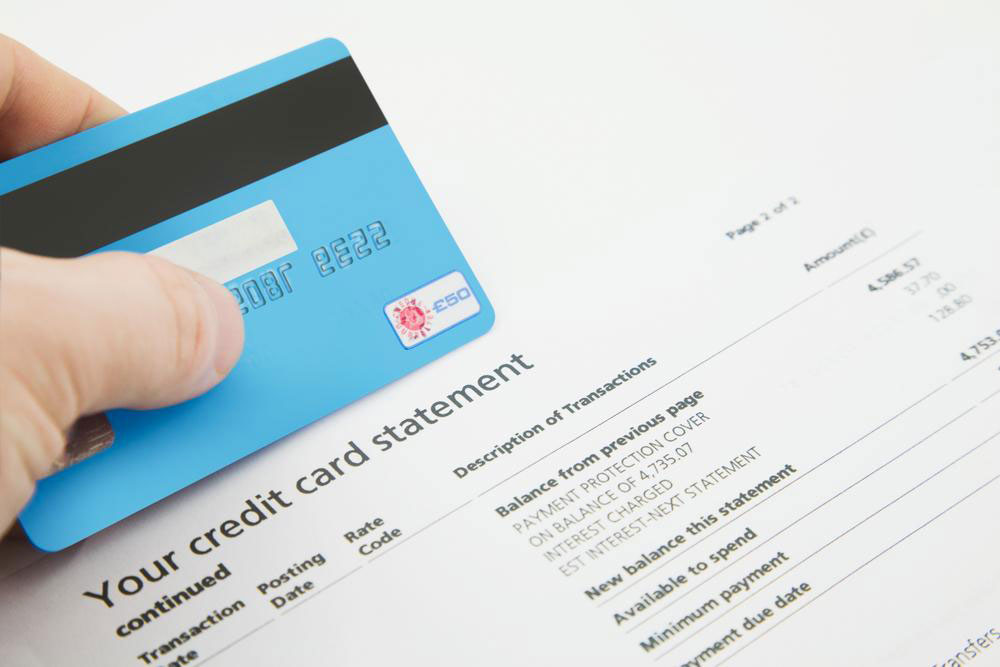Effective Strategies to Follow After Your Loan Application Is Denied
Discover comprehensive strategies to recover from loan rejection, including understanding rejection reasons, seeking co-signers, building credit through small loans, exploring bad credit lenders, and reapplying after financial improvement. Empower your financial journey with expert advice to maximize your approval chances and rebuild your credit profile effectively.

Effective Strategies to Follow After Your Loan Application Is Denied
Facing rejection after submitting a loan application can be discouraging, but it is a common experience for many borrowers. The reasons behind such rejection often stem from not fulfilling the lender’s eligibility criteria, such as insufficient income, poor credit history, or inconsistencies in provided information. While sometimes errors on the part of the lender are responsible, these are relatively rare. Understanding the specific cause of rejection is crucial for adjusting your approach and increasing the chances of approval in subsequent applications. The steps you take depend largely on the type of loan you applied for and your unique financial circumstances. By critically analyzing the reasons for denial and implementing targeted strategies, you can improve your credit profile, increase your borrowing capacity, and position yourself for better outcomes in future loan applications.
In this comprehensive guide, we will explore the essential actions you should consider after your loan application has been rejected. From understanding rejection reasons to seeking alternative options, these strategies can help you navigate financial challenges more effectively and work toward securing the credit you need.
Identify the Reason for Rejection
The first and most critical step after a loan rejection is to understand why your application was denied. Analyzing this information allows you to address specific issues and strategize accordingly. Typically, lenders provide a reason code or explanation; if not, you can request a detailed explanation from the lender. Common reasons include insufficient credit score, high debt-to-income ratio, missing or inaccurate documentation, or previous defaults on loans or credit accounts.
Access your credit report and review it carefully. Look for inaccuracies such as incorrect personal information, outdated accounts, or unrecognized debts. Dispute any errors with the credit bureaus to ensure your report accurately reflects your creditworthiness. If the report is clean but your credit score is low, focus on improving it by paying bills on time, reducing existing debts, and avoiding new credit inquiries. Addressing these issues enhances your profile and increases the likelihood of approval when you reapply.
Additionally, consider speaking directly with the lender to get specific feedback on your application. This information can pinpoint areas in your financial profile that require improvement, enabling you to take targeted actions.
By understanding the precise reasons for rejection, you set a clear path toward strengthening your financial standing, making your next application more competitive.
Seek a Co-signer to Strengthen Your Application
If your credit history is limited or your credit score is low, securing a co-signer can significantly improve your chances of loan approval. A co-signer is typically someone with a strong credit profile who agrees to take responsibility for repayment if you default. This arrangement reassures lenders about the loan’s security and can lead to more favorable terms, including lower interest rates.
However, it’s important to recognize that co-signing is a serious financial commitment. The co-signer’s credit will be impacted if you fail to make payments, and it can also affect their debt-to-income ratio, potentially influencing their ability to borrow in the future. Both parties should understand these responsibilities fully before proceeding.
Approach trusted family members or close friends who have a solid financial standing and are willing to help. Clearly communicate the responsibilities involved and ensure mutual understanding. Using a co-signer can be an effective strategy for first-time borrowers or those rebuilding their credit after financial setbacks.
Limit Applications and Build Credit with Small, Manageable Loans
Rather than applying for large sums all at once, start small. Smaller loans are generally easier to secure, especially when working with multiple lenders or lenders that have stricter approval criteria. Applying for multiple small loans rather than a single large one allows you to build credit gradually without overextending yourself or risking rejection for a large sum.
Using small loans strategically helps in establishing a positive borrowing history, which can improve your credit profile over time. Make sure to demonstrate responsible borrowing by making timely repayments. This proactive approach also opens the door to more substantial credit lines in the future, giving you more financial flexibility.
Remember to keep track of your borrowing activities and avoid excessive loan applications, as multiple inquiries in a short period can negatively impact your credit score. Practice patience and discipline in managing your debt to position yourself for better approval chances.
Explore Lenders That Accommodate Poor Credit Situations
For individuals with less-than-ideal credit histories, some lenders specialize in offering bad credit loans. These institutions understand the challenges faced by borrowers with low credit scores and often tailor their products accordingly. While this can be a helpful pathway, it’s crucial to approach this option with caution.
Many lenders that serve borrowers with poor credit charge higher interest rates, fees, or have less flexible repayment terms. To avoid falling into predatory lending practices, conduct thorough research into reputable lenders. Read reviews, check for licensing and regulation, and understand all the terms before committing to any agreement.
Some online financial platforms and community banks tend to have more inclusive loan policies. By qualifying for such loans, you can gradually rebuild your credit profile as you establish a consistent repayment schedule. Keep in mind that responsible borrowing and prompt repayments are critical to improving your creditworthiness over time.
Reapply After Improving Your Financial Profile
If you face rejection, don’t be discouraged. Instead, focus on enhancing your financial situation over the following weeks or months. Pay down existing debts, increase your income, and maintain disciplined financial habits. Once your credit profile shows improvement, reapply to the same or different lenders with higher confidence.
Timing and preparation are essential. Waiting for your credit score to stabilize and increase can significantly boost your chances of approval. When you reapply, be sure to submit accurate, updated documentation that reflects your improved financial status. This proactive approach demonstrates your commitment to responsible credit management and can persuade lenders to sanction your loan application.
In conclusion, experiencing rejection on a loan application is not the end of the road. It provides an opportunity to evaluate and enhance your financial health, develop better borrowing strategies, and prepare for future success. With patience, diligence, and strategic planning, you can turn initial setbacks into stepping stones toward achieving your financial goals.





